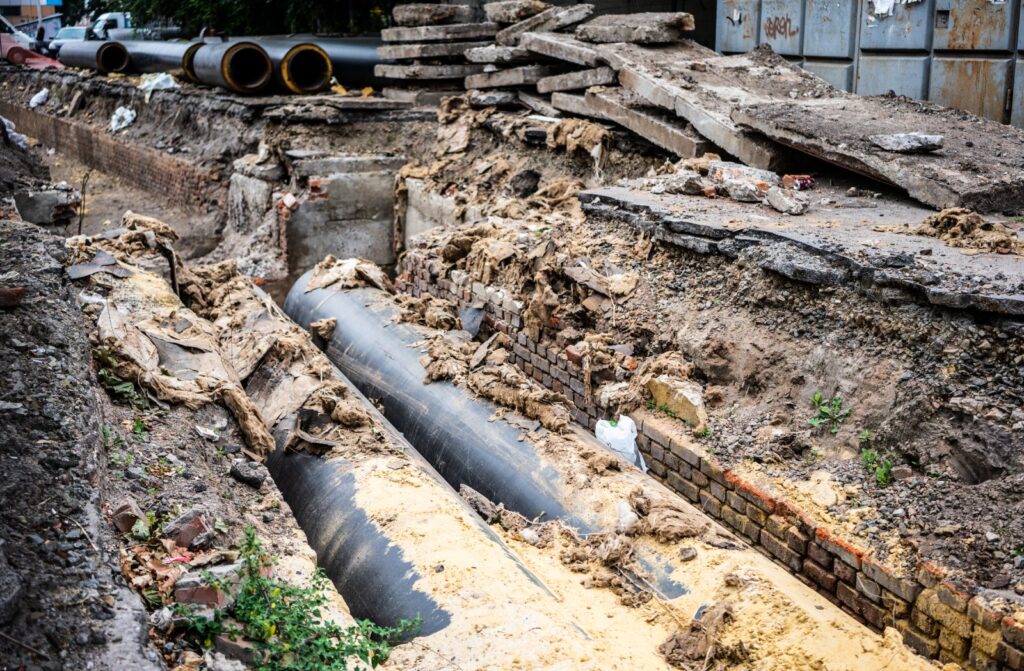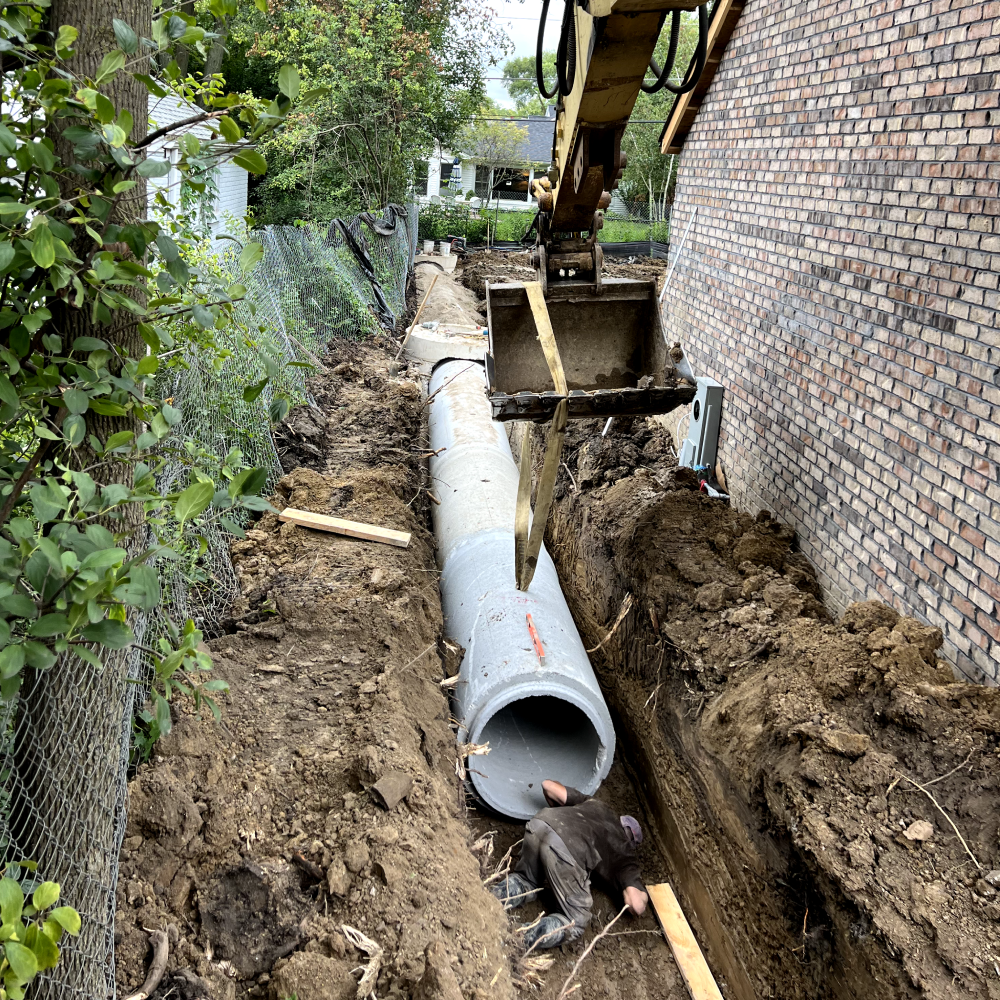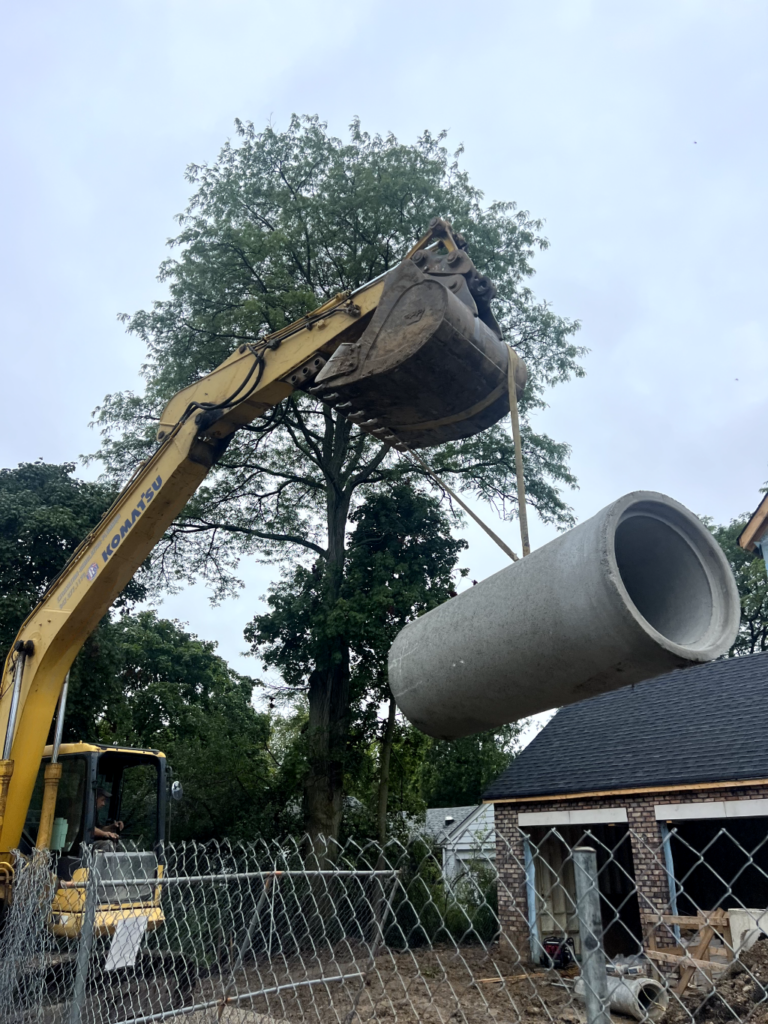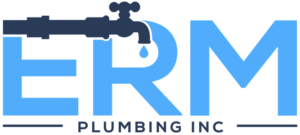Sewer line issues can disrupt your daily life and lead to serious problems if not addressed promptly. Understanding the basics of sewer line repair is crucial for homeowners and property managers alike. In this post, we will guide you through the common signs of sewer line problems, the repair process, and tips for maintaining your sewer system, so you can ensure your plumbing remains in good working order.

Common Signs of Sewer Line Problems
1. Slow Drains: One of the first indicators of a sewer line issue is slow drains. If multiple drains in your home are slow to empty, it could indicate a blockage in the sewer line. Debris, tree roots, and grease buildup can lead to these blockages, preventing wastewater from flowing freely.
2. Sewage Odors: A foul smell in your yard or home can be a sign of a sewer line problem. If the sewer line is cracked or damaged, sewage can leak out, causing unpleasant odors. It’s essential to address this quickly, as lingering odors can indicate a more severe issue that requires immediate attention.
3. Water Backup: One of the most alarming signs of a sewer line problem is water backup. If your sinks, tubs, or toilets frequently back up, it’s crucial to call a professional. This is one of the most serious signs of sewer line problems and requires immediate attention to prevent damage to your home.
4. Lush Patches of Grass: If you notice patches of exceptionally green grass in your yard, it could mean that sewage is leaking underground. The nutrients in sewage can lead to increased growth in those areas, indicating a potential sewer line leak.
5. Unexplained Puddles: Water pooling in your yard, especially near the sewer line, can indicate a leak or break in the line. It’s essential to investigate these puddles to determine their source, as they can lead to significant damage if left unaddressed.

The Sewer Line Repair Process
If you’re experiencing any of the signs mentioned above, it’s important to contact a professional for sewer line repair. Here’s what you can expect during the repair process:
1. Inspection: A plumbing expert will first conduct a thorough inspection using video camera technology. This allows them to identify the exact location and cause of the problem without extensive digging. Video inspections are an essential part of the process, as they provide a clear view of the pipe’s condition.
2. Assessment: After identifying the issue, the plumber will assess whether a repair or a full sewer line replacement is necessary. In some cases, minor issues can be resolved with simple repairs, while major damage may require a complete replacement.
3. Repair Methods: There are several methods for repairing sewer lines, including:
• Traditional Digging: This involves excavating the damaged section of the pipe and replacing it. While effective, it can be disruptive and costly, particularly if the line runs under a driveway or landscaping.
• Trenchless Repair: This method involves inserting a liner into the existing pipe. It’s less invasive and typically more cost-effective than traditional digging. The liner is inflated to create a new pipe within the old one, sealing leaks and cracks.
• Pipe Bursting: In this method, a new pipe is pulled through the old one, breaking the old pipe apart. This is effective for severely damaged lines and minimizes surface disruption.
4. Final Inspection: After the repair is complete, the plumber will conduct a final inspection to ensure that the problem has been resolved and that your sewer line is functioning properly. This step is crucial to confirm that the repair method used was successful.

Tips for Maintaining Your Sewer Line
1. Regular Inspections: Schedule regular sewer line inspections to catch any potential problems early. This proactive approach can save you time and money in the long run. Professional plumbers can help you identify issues before they become significant problems.
2. Be Mindful of What You Flush: Avoid flushing non-biodegradable items like wipes, feminine hygiene products, and paper towels, as these can lead to blockages. Educating your family members on what should and shouldn’t be flushed is essential for maintaining a healthy sewer line.
3. Watch for Tree Roots: If you have trees near your sewer line, keep an eye on their growth. Tree roots can invade sewer lines, causing serious damage. Consider planting trees with shallow root systems away from your sewer lines to minimize this risk.
4. Avoid Pouring Grease Down the Drain: Grease can solidify and cause blockages in your sewer line. Instead, dispose of grease in a container and throw it away. Regularly cleaning your drains can also help prevent grease buildup.
5. Know Your Plumbing: Familiarize yourself with the layout of your plumbing system and sewer line. This knowledge can help you identify potential issues more quickly. Understanding how your system works can also aid in troubleshooting minor problems.
6. Install a Backwater Valve: If you live in an area prone to flooding, consider installing a backwater valve. This device prevents sewage from backing up into your home, protecting your property from damage during heavy rains.
7. Educate Your Family: Teach your family members about proper plumbing care. Explain the importance of keeping the sewer line clear and what items should never be flushed or poured down the drain.
Contact ERM Plumbing for Your Sewer Line Repair Today!
Understanding the signs and processes associated with sewer line repair is essential for maintaining a healthy plumbing system. If you suspect any issues, don’t hesitate to reach out to a professional plumber. We have the experience and expertise to handle all your sewer line needs. Contact us today for a thorough inspection and reliable repairs.
